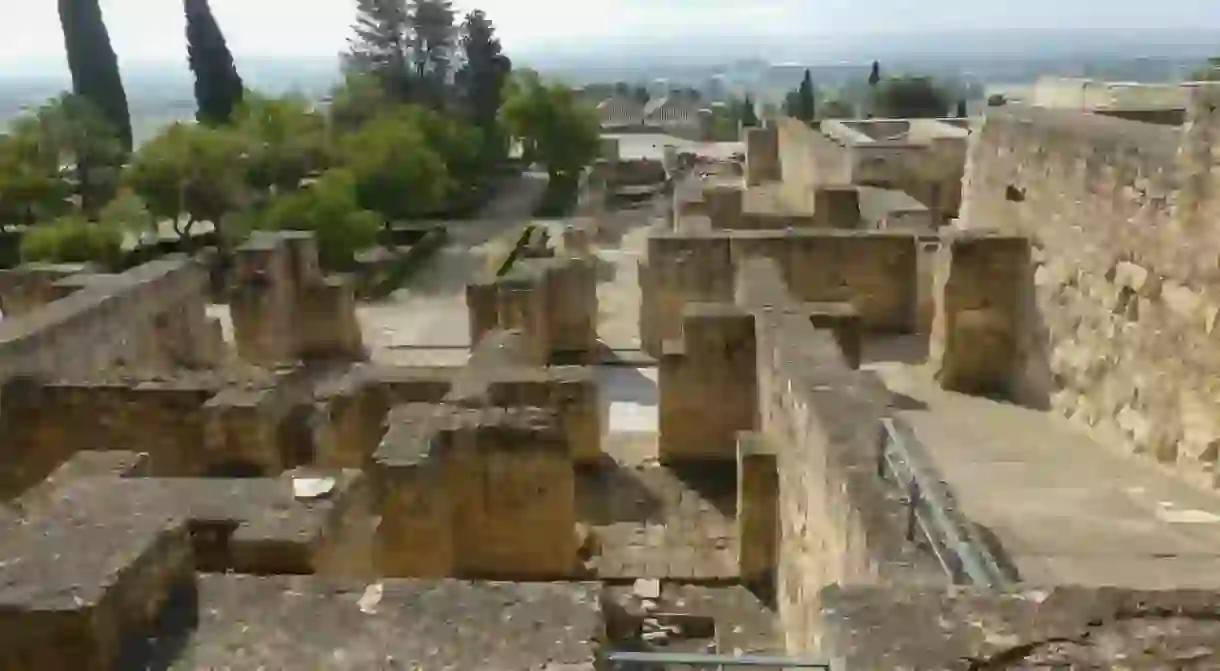Spain's New World Heritage Site Is Putting Its Moorish History on the Map

Spain’s newest World Heritage Site is one of its most spectacular, but little-known, Moorish sites. A city built from scratch by one of Spain’s most ambitious Muslim rulers, here’s what you need to know.
The Caliphate City of Medina Azahara, the spectacular ruins of the first capital of the Moorish kingdom of al-Andalus, has been named Spain’s newest UNESCO World Heritage Site.
The complex, which was granted World Heritage Site status on July 1, during a World Heritage Committee meeting in Manama, Bahrain, puts Spain above France, in the third place of countries with the most World Heritage Sites, just behind China and Italy.
According to UNESCO, the site offers ‘in-depth knowledge of the now-vanished Western Islamic civilisation of Al-Andalus, at the height of its splendour’.

History
Located just outside Córdoba, Medina Azahara was founded by the first Caliph of al-Andalus, Abd ar-Rahman III, in 936 AD.
An entire palace-city built from scratch, its location in the foothills of the Sierra Morena meant it looked out over the city of Córdoba and loomed large for those who lived below.

It was the seat of the Caliphate of Córdoba and housed the kingdom’s government and administration, as well as mosques, army barracks, private homes, a mint, gardens and baths.
According to legend, Medina Azahara, which means ‘the shining city’, was built for the Caliph’s favourite wife, Azahara. Other theories suggest it was built as a showpiece to promote the Caliphate as one of the greatest kingdoms in medieval Europe.
After a period of expansion, the complex was ruined and abandoned during a civil war in 1010. It lay buried, completely forgotten for centuries, and was only re-discovered and excavated in the early 20th century.

Today
In its description of the Medina Azahara, UNESCO describes the city’s ‘infrastructure such as roads, bridges, water systems, buildings decorative elements and everyday objects’. Despite the fact that only 10% of the ruins have been excavated, they provide visitors with a fascinating insight into Moorish Spain.

Architectural elements foreshadow what would become key features in Western Islamic architecture, such as rooms arranged around a central patio, as seen later in the Alhambra and the architectural design of the mosque, which mirrors that of Córdoba’s famous Mezquita.
Today, visitors can learn more about the complex at an underground visitors’ centre, as well as walk among the ruins of the vast palace-city.













